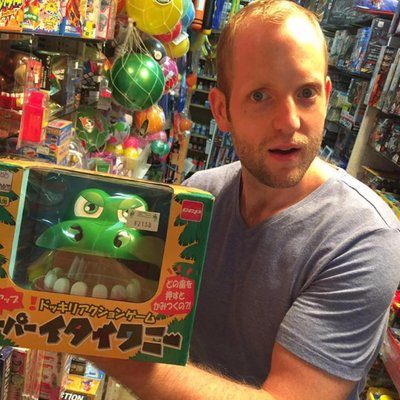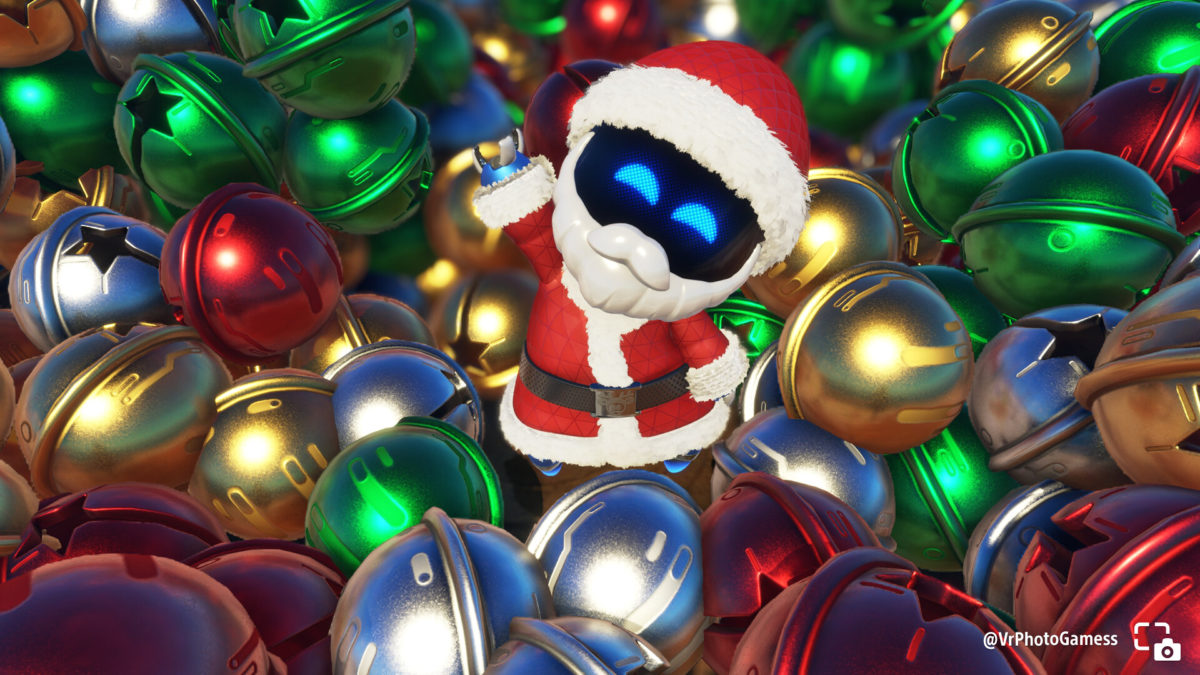We’re only weeks away from the February 4 release of Kingdom Come: Deliverance 2, and you may still find yourself a bit lost as to what all the fuss is about. All month long, we’ve been covering different aspects of this medieval action RPG in detail as part of IGN First. But let’s not get too ahead of ourselves. This digital treatise is here to cover all the basics, and tell you where you can go next to find out more about any given topic.
What is Kingdom Come: Deliverance 2?
To put it as simply as possible, it’s a first-person, open-world action RPG based on real medieval history, and the very direct sequel to 2018’s Kingdom Come: Deliverance, which I gave an 8/10. You play as Henry, a young villager who lost his home and his parents to the ravages of war. While exploring the open countryside, you’ll use stealth, persuasion, and swordplay to overcome your enemies and complete diverse side quests that generally have multiple endings.
The real highlight for me is the combat system, which is based on real European martial arts and looks to evolve and streamline the mechanics of the first Kingdom Come: Deliverance. It’s highly technical and skill-centric, but it doesn’t require amazing twitch reflexes. Attacking from one of four cardinal directions, timing parries and counters, and a combo system similar to fighting games that rely on a specific sequence of directional inputs, are at the heart of it.
KCD2 is making an effort to help new players get up to snuff.It may sound intimidating, but KCD2 is making an effort to help new players get up to snuff. You can check out our developer-aided survival tips, or an explanation of how combat has evolved from the first game.
What is the setting of Kingdom Come: Deliverance 2?
The year is 1403, right in the middle of what are often called the Late Middle Ages. The venue is central Bohemia, in the vicinity of Prague, and what is today the heart of the modern Czech Republic. It’s been about 50 years since the Black Plague – recent enough that there are still people alive who remember it – and 50 years before the fall of Constantinople. Europe, including Bohemia, is watching one age coming to a close and a new one just starting to take shape.
While KCD presents a fictional and dramatized version of history – many of its characters are based on historical ones, but their actions and personalities have been tweaked and embellished – it doesn’t contain any outright fantasy elements. No trolls, dragons, or magic – although the people living at the time certainly believed in them. You can do alchemy, which is the one place where this series feels the most like a fantasy RPG. I’m not aware of any herbs or nectars that can make you better at sword fighting. But even these require you to pick real plants and cook them up using period-accurate technology.
No trolls, dragons, or magic – although the people living at the time certainly believed in them.To be more specific, KCD2 picks up almost immediately where the first game left off. Which brings us to our next question…
Do I need to play the first Kingdom Come: Deliverance before I play the sequel?
In my opinion, not really. It’s kind of a soft reset in terms of your character progression, and it will introduce you to all of its systems as if you’ve never touched them before. The extended intro sequence even catches you up to speed on the events of the first game, which aren’t overly intricate. If you want to see for yourself and decide if you need more context, you can watch our first 43 minutes of gameplay.
I certainly wouldn’t discourage you from playing the first one, though. I replayed it earlier this year and found that it holds up really well. Some of the technical issues that were present during my original review have even been fixed.
Who are the major characters in Kingdom Come: Deliverance 2?
Well, well, well… we happened to put together a whole article about the major characters. But to put it simply: You play as Henry, a young man who has gone from some random nobody to a trusted retainer in the service of Sir Radzig Kobyla. Kobyla and his buddies support King Wenceslaus IV, who has been kidnapped by Wenceslaus’ half-brother, the pretender Sigismund. Our pal Sigismund has been riding around the country dealing harshly with anyone he sees as a supporter of Wenceslaus, including burning down Henry’s hometown and killing his parents.
Now, Henry is part of the conspiracy to free Wenceslaus and restore him to the throne. At the start of KCD2, he’s off on the road with his spoiled, womanizing best “friend,” Sir Hans Capon, to try and figure out who else among the nobility is willing to help the cause. The two young men frequently butt heads, since Henry was raised as a commoner and sees Hans as sort of stuck-up man-child, and Hans feels Henry doesn’t treat him with the respect a noble deserves.
When is Kingdom Come: Deliverance 2 coming out?
February 4, 2024 on PC, Xbox, and PlayStation 5. The original also received a Switch port earlier this year, six years after the original release, but we don’t know yet whether or not the sequel might eventually be on Switch 2.
What about the PC system requirements?
The Steam page recommends a Core i7-13700K or AMD Ryzen 7 7800X3D, 32 GB RAM, and a GeForce RTX 4070 or Radeon RX 7800 XT. Thankfully, from what I’ve played, it’s much better optimized than the first game, which I still can’t play on max settings to this day even with a rig that meets all of the recommended specs for KCD2.
Can you pet the dog?
Yes! Your trusty Mutt can even help you out in combat.
Anything else I should know?
The devs were nice enough to highlight 8 Little Things Not to Miss in KCD2 for us. If you want to hear my in-depth impressions of the 12+ hours I’ve played so far, you can check out my hands-on preview. We also got a guided in-game tour of Kuttenburg, the biggest city Warhorse has ever created. It’s mostly based on a real city that’s still standing, too, and we also got to go walk around it in real life! So take a peek at our comparison of in-game and real-world locations.
I can’t prepare you for everything. The forests of 1403 Bohemia are vast and full of surprises. But at least now you have some idea of what you’re dealing with. Thanks for riding along with us on our journey through Kingdom Come: Deliverance 2 as the final IGN First of 2024!












